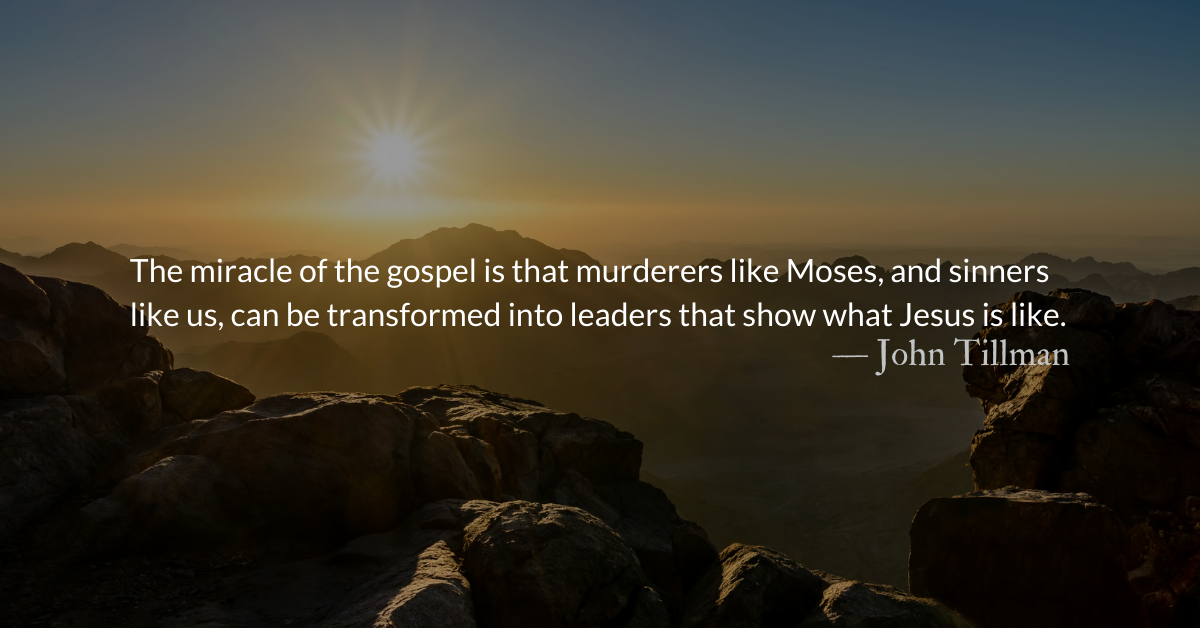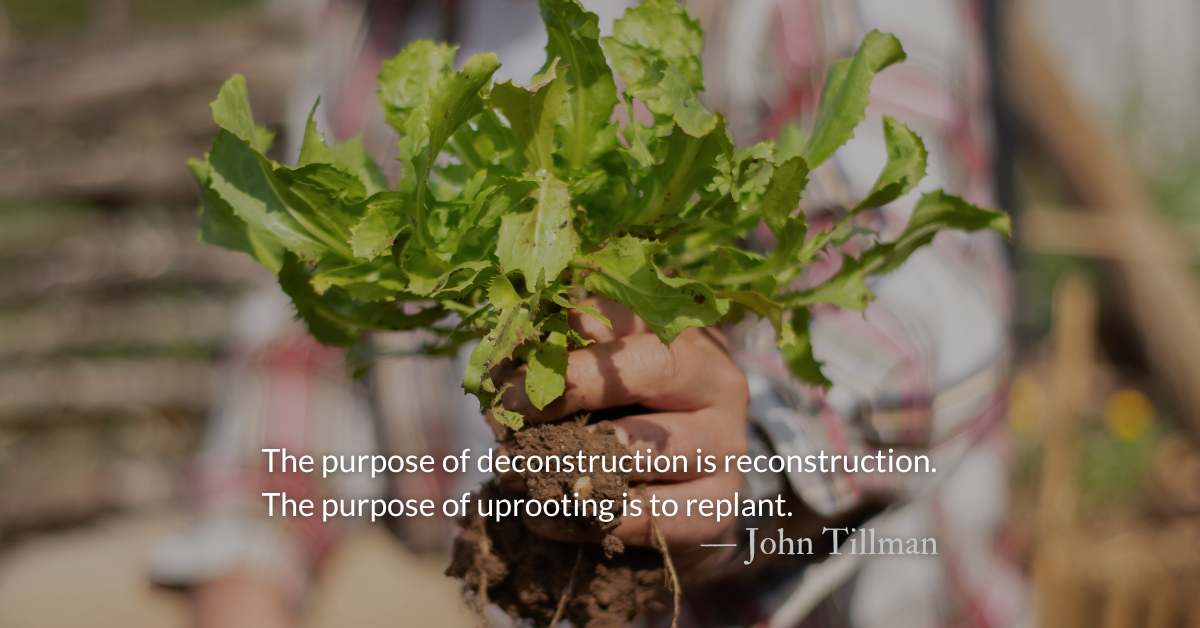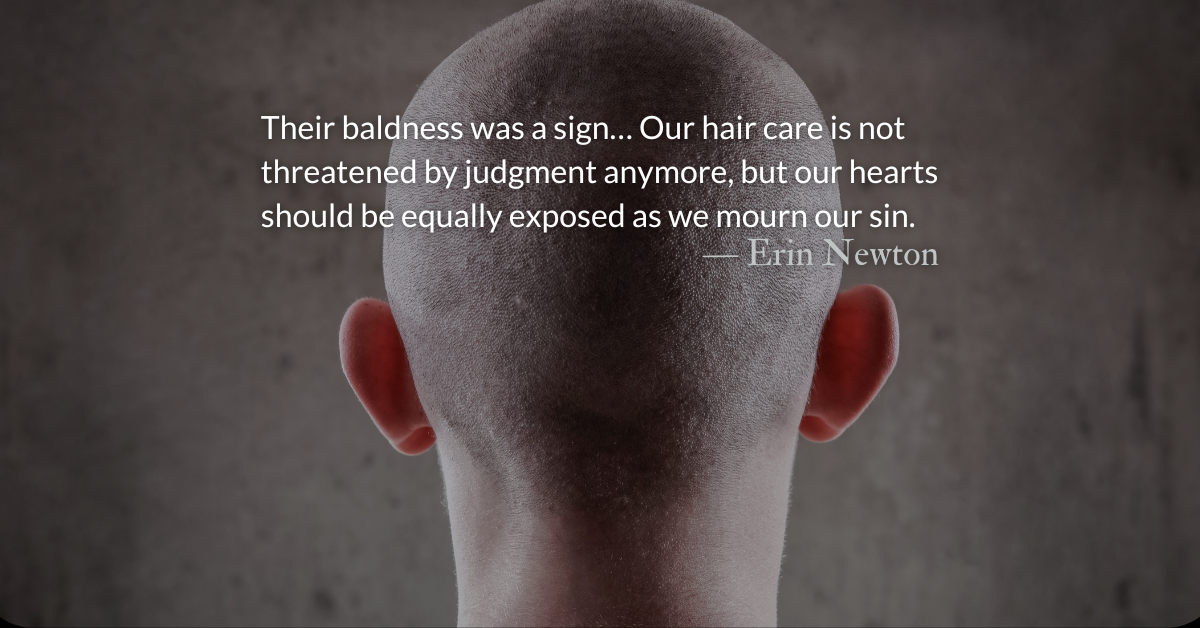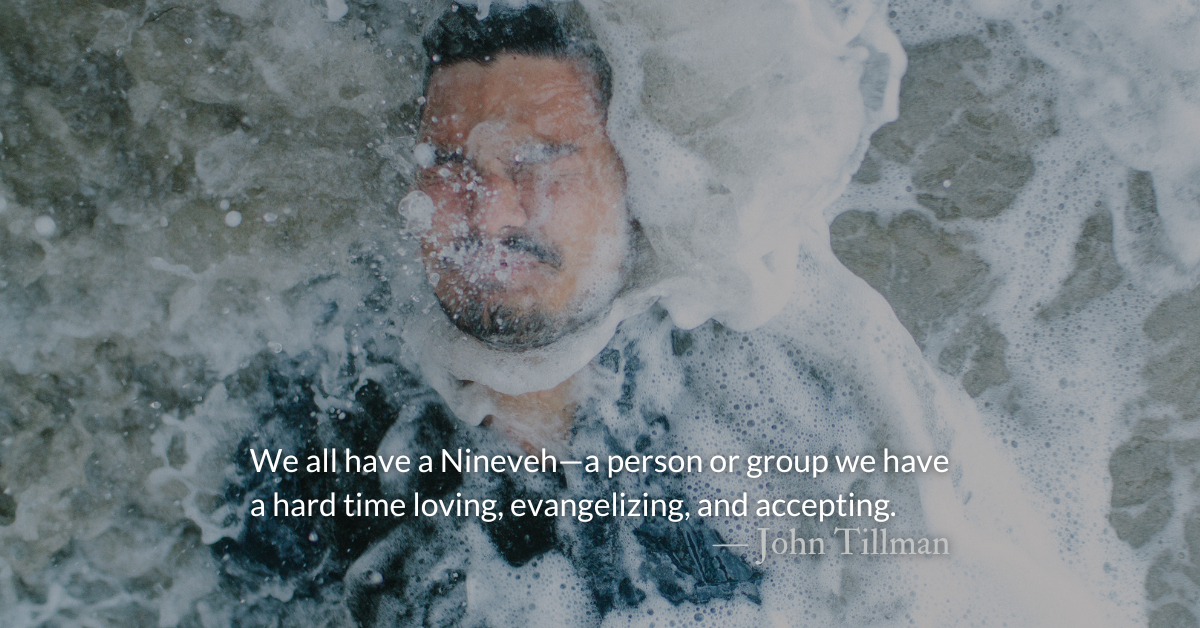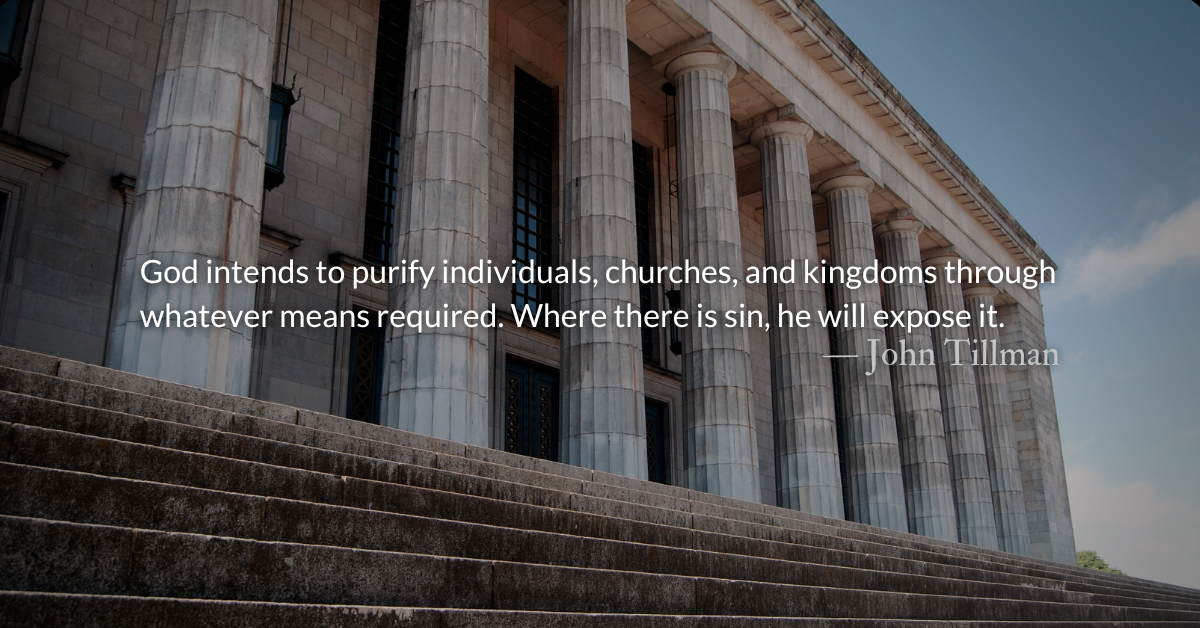Scripture Focus: Leviticus 8.6-9
6 Then Moses brought Aaron and his sons forward and washed them with water. 7 He put the tunic on Aaron, tied the sash around him, clothed him with the robe and put the ephod on him. He also fastened the ephod with a decorative waistband, which he tied around him. 8 He placed the breastpiece on him and put the Urim and Thummim in the breastpiece. 9 Then he placed the turban on Aaron’s head and set the gold plate, the sacred emblem, on the front of it, as the Lord commanded Moses.
Reflection: Anointed Servants
By John Tillman
It is not so much that “leaders serve” as that “servants lead.”
The Bible shows us not just moments of God-ordained goodness but of ruin, failure, and rebellion. Because of this, we cannot look at any leader’s actions in the Bible, other than Jesus, as a foolproof behavioral template. We cannot simply cut and paste “biblical” actions into our lives.
All mortals in scripture have moral skeletons in their closets. Moses has a literal skeleton, a victim of his rage, buried in the Egyptian sand. (Exodus 2.11-15) The miracle of the gospel is that murderers like Moses, and sinners like us, can be transformed into leaders that show what Jesus is like.
In the desert, God told Moses that he would make him like God to Pharaoh and Aaron would be his prophet. (Exodus 7.1) Here in the ceremony initiating Aaron’s priesthood, we see pictures of the entire Trinity, the disciples, and the church universal. The washing, the sacrificial meal, and the covenant of blood, stand as pre-visualizations of Jesus’ actions in the final days leading to the crucifixion.
Moses’s ceremonial actions show God initiating the work of sanctification out of love for the children he desired to call his own. Aaron shows us Jesus, our high priest, willingly stepping into the gap to open up a way for the children to return to God, their rightful father. In the fire, the oil, the incense, and the blood, we see the Holy Spirit, pervading our lives to make us holy.
If the rituals required for the priests to pass through the closed curtain of the Tent of Meeting and minister before the Lord seem long and elaborate, we should remember the greater ritual which opened that same curtain for good. Jesus’ 33-year incarnation was a long, elaborate ritual which tore open the curtain of the Temple, allowing us to enter God’s presence.
Sometimes when we think of sacrifices, and especially of the cross, we think of God demanding to be “satisfied.” This is an incorrect/incomplete picture. God is not sitting back, vengeful and angry, hoping the Son suffers enough to calm his out-of-control temper. God initiates mercy—he doesn’t settle for it.
It is God who applies the sacrifice of the Lamb of God to our ears that we may hear God’s Word. God anoints our hands that they may serve as his own. God touches our feet that they may go where he wills.
God anoints us as servants in Christ. Servants lead.
Divine Hours Prayer: The Cry of the Church
Christ has died. Christ has risen. Christ will come again.
– Divine Hours prayers from The Divine Hours: Prayers for Springtime by Phyllis Tickle
Today’s Readings
Leviticus 8 (Listen – 5:06)
Psalms 9 (Listen – 2:21)
Read more about Priests of Life and Peace
As Christians and priests, may we maintain the new “covenant of life and peace” in Christ’s blood.
Read more about The Righteous Judge :: A Guided Prayer
May our highest, most prized right, be to stand before you.

